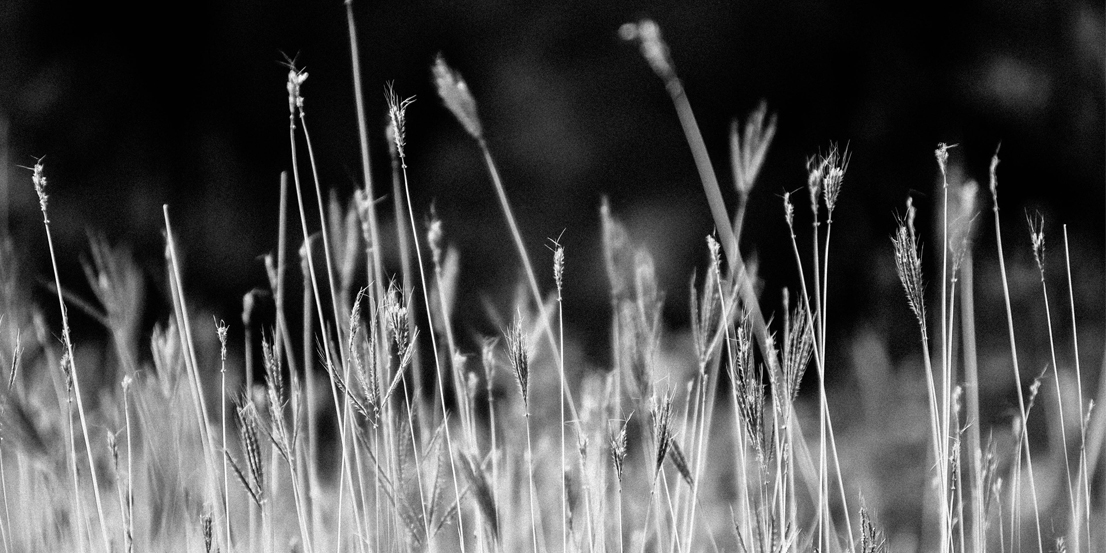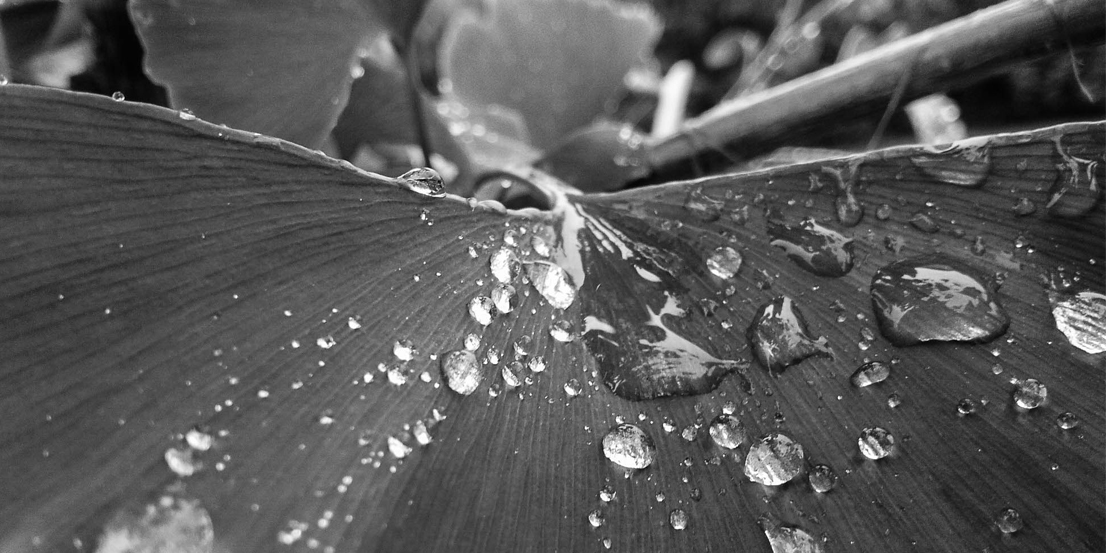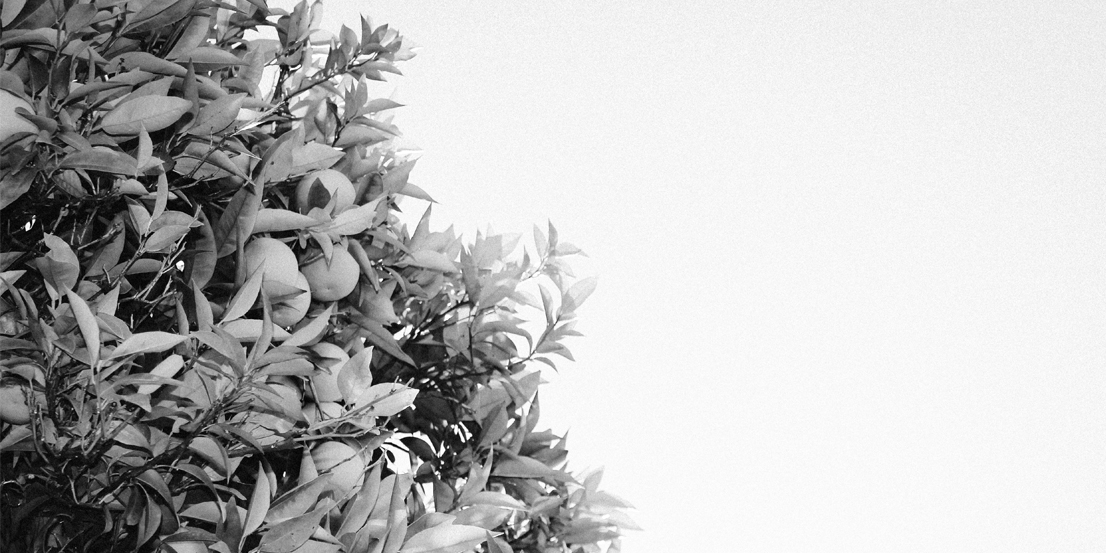The solution is in the pollution
“You don’t have a slug problem, you have a duck deficiency.” ~ Bill Mollison, co-founder Permaculture.
The very moment we shift our consciousness from seeing a problem to grasping a solution is the instant we become empowered. The discontent that comes from focussing on what’s wrong only serves to produce more feelings of unhappiness – and worse helplessness.
Pete Russell, renowned author and expert on expanding consciousness, says that this opportunity is not only available to us at every living moment; but is in fact, the natural state of the mind:
“With that inner shift comes a vital shift in thought and action. No longer blinded by self-concern or caught in imagined lacks and wants, we are free to act in accord with the needs of the situation at hand … whatever we focus our energies upon, we can do so with greater commitment and deeper compassion.”
Permaculturists call on this mindset with the mysterious mantra: “The problem is the solution,” suggesting a second look at every issue. Could it possibly be an opportunity instead?
In an ecosystem, the problem not only directs the worker towards the solution, but empowers her to take command of the situation simply by embracing a fresh perspective.
Permaculture: A fresh perspective
Everything has its place, and everything is connected.
At its core, the permaculture approach is a set of design principles stemming from the ethical framework: Care of the earth and care of people. It’s inherently positive, intended to provide regular folk with the knowledge and skills – and most importantly responsibility – to create resilient communities.
The system not only recognises the interconnectivity of every living thing (animals, plants, people) and non-living element (land, water, air), but also recognises the intrinsic value of those things and elements.
Said another way, everything has its place, and everything is connected.
This, of course, applies to the agricultural ecosystems that Permaculture is designed to address, but it’s bigger than that. The concept of interconnectivity is true of all life. It’s true of us. It’s true of everything.
Any excess is pollution
“The solution is right where we live.” ~ Joost Bakker.
So what happens when things become disconnected?
If Mother Nature could talk she’d be baffled by the idea. “Why disconnect a fundamentally connected system?” she might say, with such sound logic we’d feel embarrassed to argue.
See, there is no waste in nature. Everything is used. Every time energy is converted from one form to another, an opportunity is presented to reuse that energy in its new form. But occasionally people come along and upset the natural order of things.
Joost Bakker, artist-meets-activist-meets-designer and food entrepreneur, explained this problem succinctly in a recent interview with Big Hearted Business founder, Clare Bowditch:
“We’ve got this crazy world where we need gas to create fertilisers to feed us. A third of the world’s gas is used to fertilise our crops. At the same time we are dumping incredible organic fertiliser into landfill. The solution is right where we live.”
Bakker discussed some innovative examples he regularly utilises to minimise waste including insulating houses with straw (the world’s greatest bi-product); fertilising his garden with every scrap of food waste from compost out of his restaurants; down to soaking rice in buttermilk, the bi-product of butter he churns in-house. Surprise, surprise, the soaking process not only makes rice easier to digest; it’s a traditional preparation method that actually improves its nutritional value. The genius of it all!
Permaculturists would approve of this solution. Utilising excess resources means the system is sound. An overabundance of anything – in the sharp eyes of a permie – is nothing short of pollution.
Applying it at large
If the resource meets your needs – be it the needs of the body, heart, soul or spirit – then it’s a resource well used.
The application of this principle in nature is clear. But like much of the wisdom of permaculture, it has larger implications.
Too much time, too much money, too much work; bingeing on booze or food; an overload of information; a gluttony of stuff. We’re all familiar with the feelings of excess and imbalance.
But far from being about guilt, blame or shame – this is the perky principles of permaculture remember! – the solution is in the problem.
If the problem is excess and excess is pollution, how can we convert it into a resource?
Start by asking: Who could do with a little of your time? How could you spend your money meaningfully? Is your work producing good outcomes – or is it really just feeding a compulsion to work? Is a business flush with money a sign of success – or is it actually okay to have a business that fulfils all your needs and the needs of the people in it, but may have to budget carefully? Is that email you’re about to send useful – or is it just creating pollution in someone else’s inbox? Do you find pleasure in good food and company – or are you overdoing it?
If you look around you and find excess, consider giving it away or cutting it out. Take what you need to live abundantly, but don’t take any more.
This is not about impressing anyone. You get to decide. After all, you only have to answer to your own values and dogma doesn’t get us anywhere. In fact, this is not only a Permaculture principle, but a value echoed in yoga too: The only person a yogi ever has to answer to in this life is himself.
So if the resource in question meets your needs – be it the needs of the body, heart, soul or spirit – then it’s a resource well used.
Next time you have a problem, consider what’s causing it. Chances are the answer lies in your excess; and somewhere there, a valuable resource is waiting for its reconnection.





